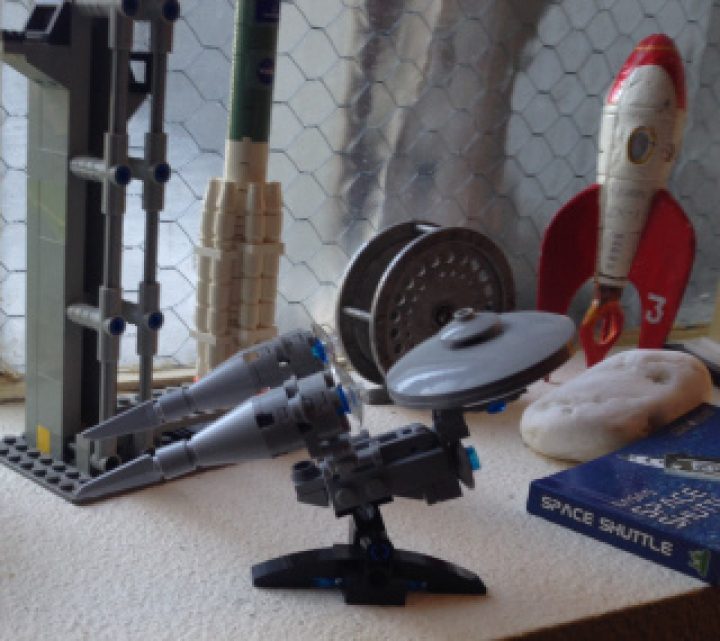
Lego Takes the Life Out of Its Own Party

This past weekend, there was a Lego expo here in Portland and my youngest son went with my wife. We’ve been to these kinds of shows in the past – and they can be really exciting.
Sure, these shows have had Lego brand goods. But far more interesting are the aftermarket products – specialized figures, unique model sets created by innovative designers, amazingly innovative models created by Lego enthusiasts, Lego topical shirts for sale, etc…
Did you know you can buy aftermarket Lego figures painted with specific WWII uniforms and holding replica guns to match? Or aftermarket Halo figurines? Or rare collectible sets no longer on the market? Or unique sets creating interesting new Lego creations?
All in all – these shows have reflected an amazingly vital and engaging brand. And their variety has made parents far more interested in staying connected with Lego for their children.
Last Weekend the Lego Brand Cops Took Over. They called the show Lego KidsFest (appropriate trademarks and register symbols liberally applied).
And Lego removed all that vital brand excitement. This show was a branded Lego expo with absolute brand control. Only Lego brand kits. Only Lego brand shirts. Only Lego designer created megamodels. Yes, full size Lego Ironman is cool. But last year’s competition for “best in show” was far more interesting – especially the independent re-creation of the Lord of the Rings battle for the white city.
Saddest of all? There really wasn’t much to look at that can’t be seen at Target or the Lego store at the mall. Yawn.
Why? Why? Why? I can imagine a bunch of nice neat corporate reasons to have done what Lego did last weekend. Surely it made the legal department happy. And the strong arm application of complete brand control probably thrilled a bunch of execs. Except, building a fortress around your brand is also a good way to make it less appealing.
It’s possible Lego would respond by saying “those other shows are all still out there”. Except, not within my consideration set of shows that trickle through the Portland market. There’s only room for about 1 show a year. And the implied communication from the LegoKidFest is that the brand police are in charge and they’re taking names.
What Lego Missed by Not “Practicing on the Bandstand”. I’m not going to sit here and claim Lego will die now. What happened is a lost opportunity that could have made their future more powerful. And I wrote my last blog post around the life & excitement Miles Davis delivered by “Practicing on the Bandstand”. (Link here.) These shows have been Lego’s version of practicing on the bandstand.
That said, this isn’t entirely a minor issue. Lego hasn’t always been as healthy as it is today. Discussion of Lego’s path reminds us that “The Lego Group had lost money four out of the seven years from 1998 through 2004. Sales dropped 30 percent in 2003 and 10 percent more in 2004, when profit margins stood at –30 percent.” (Link here.) And a new block brand (Kreo) is now giving Lego brand models a run for their money that Megablocks never could.
Lego needs to remember the key to their sales success: Supportive parents & excited kids. I suppose a 4 year old won’t get much from seeing an aftermarket set that looks a lot like the Starship Enterprise. But an 8 year old will. And a 12 year old. And a 15 year old. And a 35 year old. And even this 53 year old will…who bought one last year.
When Lego is taken out of its carefully constructed brick walls, Lego takes a place in our minds that is vital and alive – ready to be quickly recalled when we need to give one of the kids in our life something that is more than just a toy.
Copyright 2013 – Doug Garnett – All Rights Reserved
Categories: Business and Strategy, Communication, consumer marketing, Human Tech, Innovation, marketing, Retail, Retail marketing
Sorry, comments are closed for this item.
